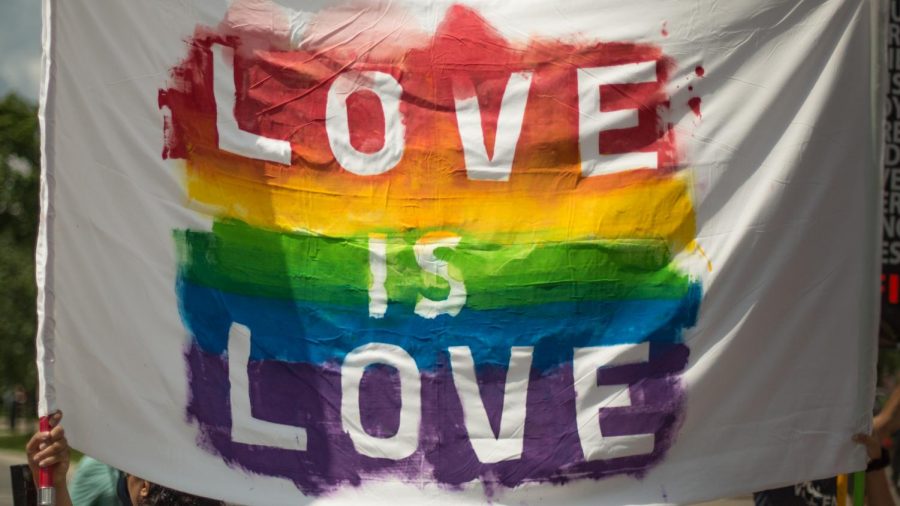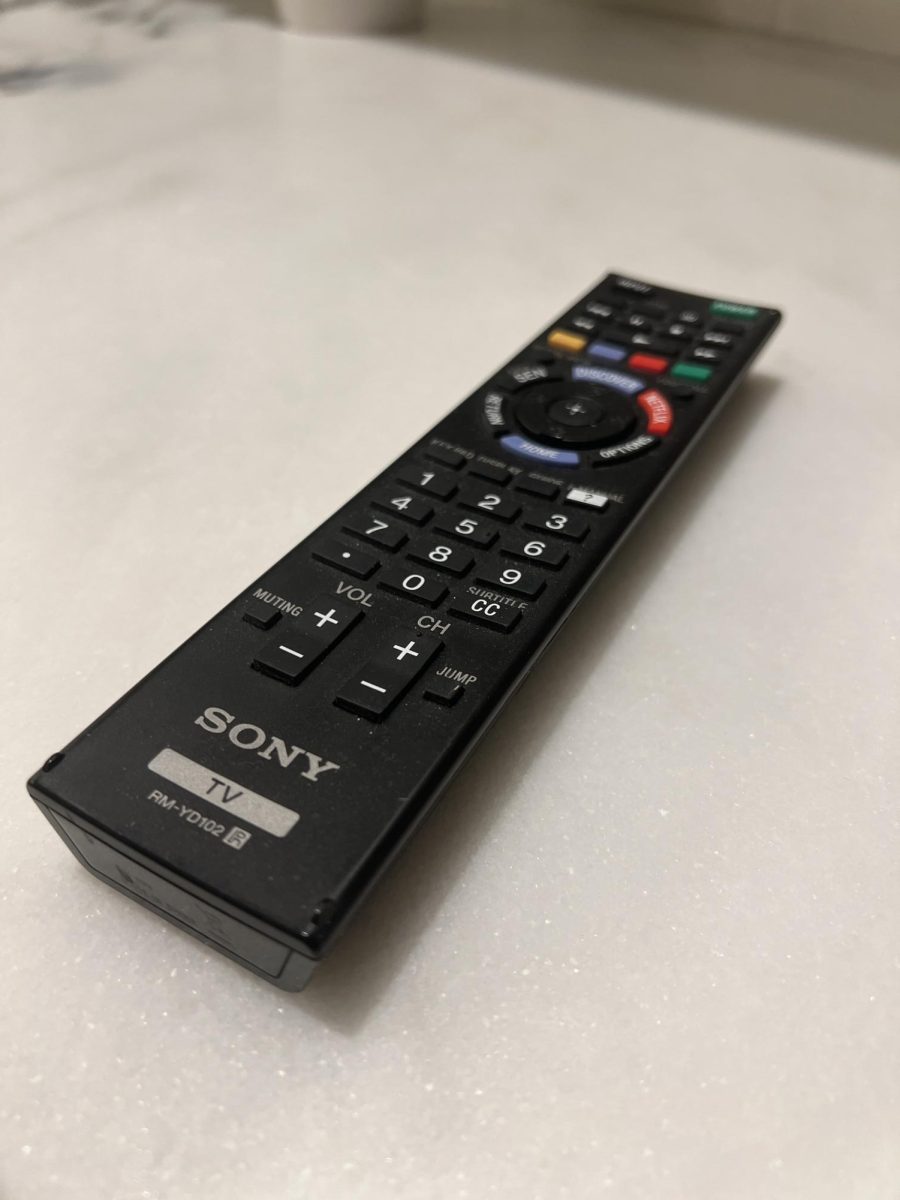After facing backlash for a lack of diversity, DC has released the new Superman as a member of the LGBTQ+ community. Many large entertainment companies have added bisexual and gay members to their superhero crews.
DC also released a line of gay flag colored comic covers to support gay pride. These covers were loved by millions of comic fans, as they sit proudly on collectors’ shelves. TV shows, advertisements and fashion have made an increased effort to include representation for members of the LGBTQ+ community
This is an exponential change from comics and television in the 80s and 90s when all fictional characters were considered straight and LGBTQ+ representation was seldom seen.
According to research done by NORC, “[i]n 1973, 70 percent of people felt same-sex relations are ‘always wrong,’ and in 1987, 75 percent held that view. By 2000, however, that number dropped to 54 percent and by 2010 was down to 43.5 percent,” they discovered. The acceptance of same-sex couples has been on the rise since 2010 and continues to increase.
According to a recent survey, 5.6% of Americans identify themselves as a member of non- heterosexual relationships. This growing number shows that it is more common than ever to be LGBTQ+, which in return creates millions of consumers.
Because of this, businesses have been given an additional community of consumers to cater to. This is because since the dawn of business, appealing to demographics has been a necessity. They have to change to fit the changing societal attitudes towards LGBTQ+ acceptance or be left behind.
Places like Disney World use cartoon animals, princesses and imaginative rides to attract kids and appear family friendly.
Expensive colognes and fashion lines use commercials with luxurious images and big celebrities to portray a specific message to their consumers. If a business wants to attract customers, they have to appeal in some way to the masses in some way.
Senior Ben Shroeder stated, “I buy Old Spice deodorant simply because Von Miller and Terry Crews are in the commercials.” This shows the enormous influence that businesses’ affiliation with groups, lifestyles and celebrities can change market trends.
Thousands of companies have supported and given donations to LGBTQ+ efforts in recent years, but this raises an amount of skepticism for consumers. Many companies support these efforts with time, resources and their actions. Others seem pressured and overall in it for economic reasons. A deeper analysis is required to truly know the motives and reasoning behind a company’s support.










